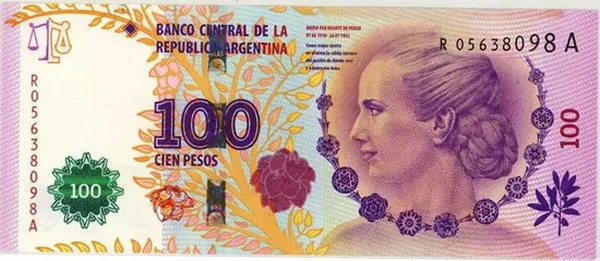The strength of a currency is a crucial indicator of a nation’s economic stability and competitiveness in the global market. In the case of the Australian dollar (AUD), its value can fluctuate against different currencies, impacting various aspects of the economy. In this article, we will examine the currencies against which the AUD remains strong, exploring the underlying factors and implications of this strength.
The United States Dollar (USD):
- Economic Ties: The AUD has historically maintained a strong relationship with the USD, reflecting the close economic ties between Australia and the United States. Both countries engage in extensive trade and investment activities, creating demand for their respective currencies.
- Commodity Exports: Australia’s significant exports of commodities, particularly to China, contribute to the strength of the AUD against the USD. As the world’s largest consumer of commodities, the United States relies on Australia for raw materials such as iron ore, coal, and natural gas, which bolsters the Australian dollar.
- Interest Rate Differentials: Interest rate differentials between the Reserve Bank of Australia (RBA) and the U.S. Federal Reserve impact the AUD/USD exchange rate. Higher interest rates in Australia relative to the United States can attract foreign investors seeking higher returns, supporting the strength of the AUD.
The New Zealand Dollar (NZD):
- Geographic Proximity and Trade: Australia and New Zealand enjoy strong economic ties due to their geographic proximity and shared trade agreements. The AUD often maintains a firm position against the NZD, reflecting the stability and interdependence of the trans-Tasman economic relationship.
- Economic Similarities: Australia and New Zealand share similarities in their economic structure, such as their reliance on agricultural exports and service sectors. These commonalities foster stability and mitigate exchange rate volatility between the two currencies.
Asian Currencies:
- Chinese Yuan (CNY): China is Australia’s largest trading partner, and a strong economic relationship between the two countries supports the AUD against the CNY. China’s demand for Australian commodities and investments contributes to the strength of the AUD.
- Japanese Yen (JPY): Japan is an important trading partner for Australia, particularly in areas such as energy resources, agricultural products, and tourism. Strengthened trade ties and investment flows between the two nations contribute to the AUD’s strength against the JPY.
Emerging Market Currencies:
- Indonesian Rupiah (IDR): Indonesia is Australia’s closest Asian neighbor, and both countries maintain substantial economic ties. Robust bilateral trade and investment flows contribute to the AUD’s strength against the IDR.
- Thai Baht (THB): Australia’s strong tourism links with Thailand and growing trade relations contribute to the strength of the AUD against the THB. The influx of Australian tourists and investment flows supports the exchange rate between the two currencies.
Implications and Considerations:
- Trade Competitiveness: A strong AUD against certain currencies can enhance Australia’s trade competitiveness, as it lowers import costs and makes Australian exports relatively more expensive. This benefits industries such as tourism, manufacturing, and agriculture.
- Inflation and Monetary Policy: The strength of the AUD against specific currencies can influence inflationary pressures and impact the Reserve Bank of Australia’s monetary policy decisions. A stronger currency can help keep imported inflation in check, potentially affecting interest rates and economic growth.
- Global Market Volatility: External factors such as global market volatility and geopolitical events can impact the AUD’s strength against different currencies. Investors seeking safe-haven assets may flock to the AUD during times of uncertainty, bolstering its value against certain currencies.
Conclusion:
The strength of the Australian dollar against various currencies is influenced by factors such as economic ties, commodity exports, interest rate differentials, and geopolitical considerations. The AUD maintains a strong position against the USD, NZD, certain Asian currencies, and emerging market currencies. Understanding these dynamics and their implications for trade competitiveness, inflation, and monetary policy is crucial for policymakers, businesses, and investors seeking to navigate the ever-changing global currency landscape.
Related Topics:
- Understanding the Current Exchange Rate of AUD to TRY
- Factors Behind the Strength of the AUD
- Demystifying the USD to AUD Exchange Rate


























